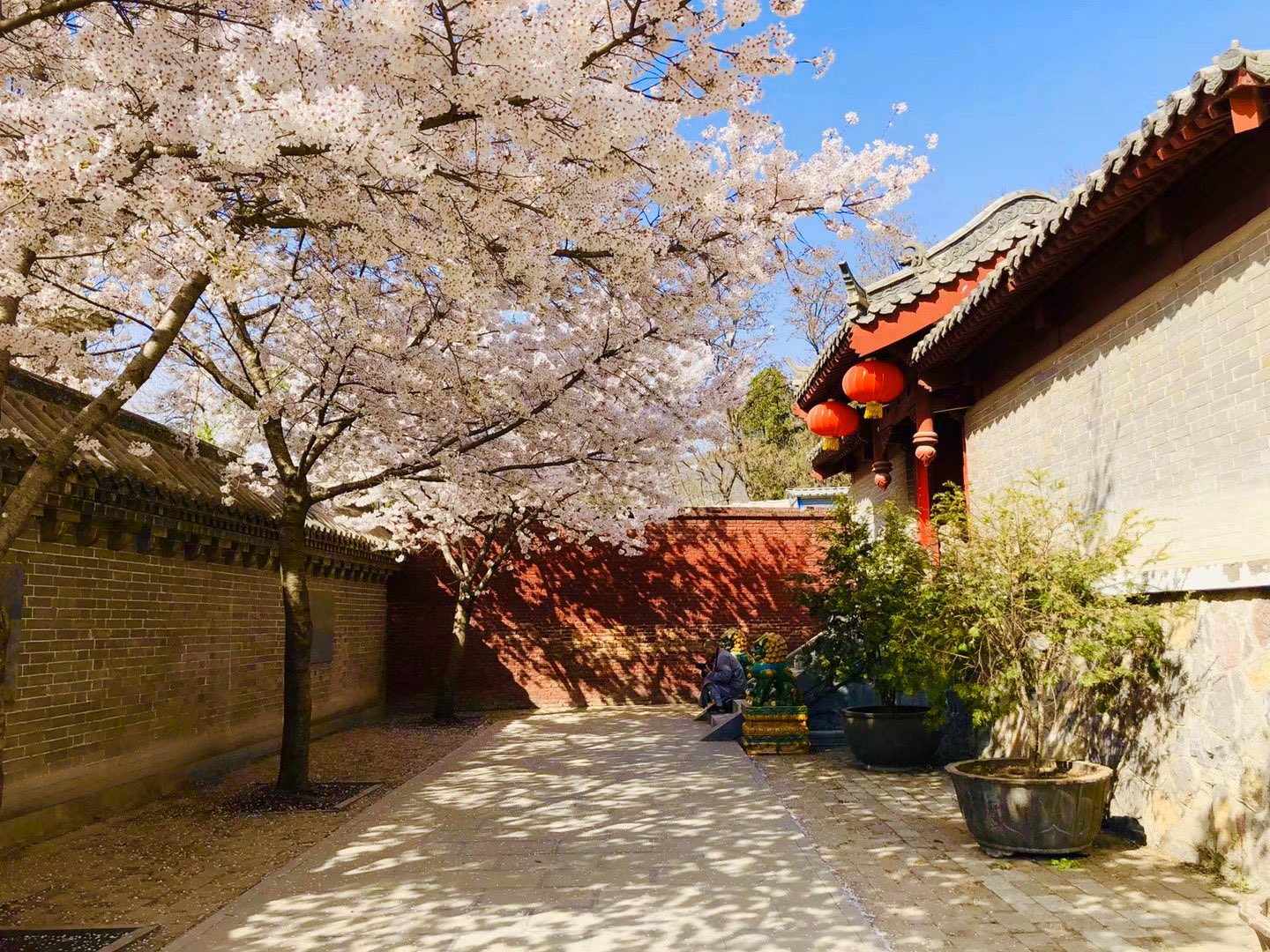What is the meaning of “Conglin Qinggui”?

The original meaning of “Conglin” is grove or forest. A thickly populated monastery is just like a forest with plenty of trees, so it is called “conglin”, meaning great monastery (Mahavihara). “Qinggui” means the rules or regulations daily observed by the monks or nuns in monasteries, which are laid down according to the Vinaya enacted by the Buddha and adapted to prevailing conditions, including climate, geography, social customs, laws and regulations of the state, as well as sectarian characteristics, etc. the earliest monastery rules in China were initiated by Dao’an of the Eastern Jin Dynasty in the 4th century. After that each sect in subsequent dynasties created its own monastery institutions. For example, in the Tang Dynasty a set of codes for monks of the Zen School was created by Master Baizhang. Then it was lost. Later on, a “Royal Revised Baizhang Code” was created by an emperor of the Yuan Dynasty. This was actually in conformity with the need of feudal rulers, and had nothing to do with Baizhang himself. Subsequently this code was enforced by imperial orders through the Hongwu and Yongle Eras of the Ming Dynasty, and became a universal system observed by all monks and nuns throughout China, in place of all sorts of original monastic regulations and codes. (From Essentials of Buddhism: Questions and Answers)
